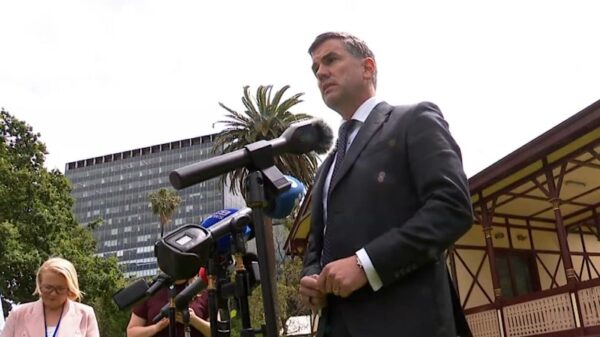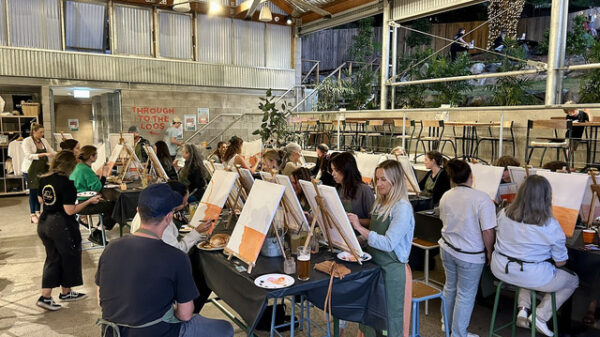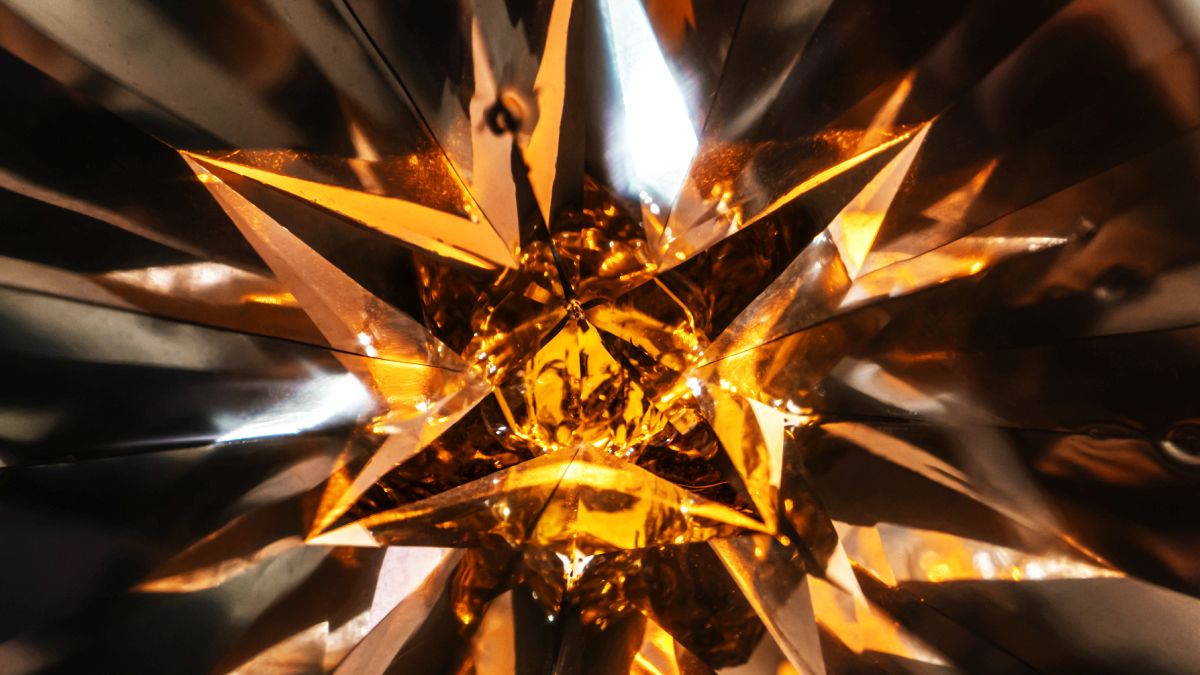A team of physicists has successfully demonstrated a groundbreaking time crystal, known as a time rondeau crystal, which oscillates in a manner that intertwines order and chaos. This innovative discovery reveals a novel way in which matter can maintain time, challenging conventional understandings of temporal order. The research findings, led by Leo Joon Il Moon from the University of California, Berkeley, and Paul Schindler from the Max Planck Institute for the Physics of Complex Systems in Germany, were published in the esteemed journal Nature Physics.
The time rondeau crystal differs from traditional time crystals by exhibiting unique oscillatory patterns that are not entirely periodic. The researchers explain that while short-term chaos may be observed, a structured order emerges over extended periods. “In this work, we reveal the existence of new types of temporal order, arising from non-periodic but structured drives,” the team states. Their findings suggest that breaking away from a fixed periodicity can lead to exotic forms of partial temporal order.
Discovered first through the theoretical work of Frank Wilczek in 2012 and subsequently observed in 2016, time crystals add complexity to the atomic arrangements found in standard crystalline materials, such as diamond and salt. Traditional crystals have a repeating atomic lattice, allowing sections to align perfectly when superimposed. In contrast, time crystals enable particles to move in sequences that defy the conventional flow of time, oscillating within their lowest energy states while maintaining a repetitive timing pattern.
In their study, the researchers explored the concept of a time quasicrystal, which involves structured yet non-repeating oscillations. This is likened to a Penrose tiling, a geometric pattern that adheres to specific rules but does not repeat. The newly identified time rondeau crystal encapsulates both order and disorder, mimicking the structure of a classical music form known as a rondeau. The researchers describe this phenomenon as “a pattern comprising a repeating theme that alternates with a contrasting variation theme.”
To create the time rondeau crystal, the scientists utilized atomic-scale voids, or vacancies, within a diamond’s structure. These vacancies, known as nitrogen-vacancy centers, occur when an atom is absent from its designated lattice site. By employing lasers to excite these nitrogen-vacancy centers, the team successfully hyperpolarized the nuclear spins of carbon-13 atoms within the diamond.
The innovative experimental process involved the use of a programmable arbitrary waveform generator to drive the spins through carefully timed sequences that ranged from periodic to random. Through meticulous monitoring of hundreds of laser pulse cycles, they discovered that the time crystals could oscillate for over four seconds before decay occurred. Intriguingly, despite the inherent disorder within each drive cycle, the overall state of the time crystal demonstrated a repeatable pattern at the start of each cycle.
Furthermore, to showcase the controllability of this time crystal, the researchers encoded a message directly into the timing of the pulses using the ASCII standard. The phrase read, “Experimental observation of a time rondeau crystal. Temporal Disorder in Spatiotemporal Order.” While practical applications for this discovery remain to be explored, the research opens up promising avenues for investigating temporal order in new ways.
“We demonstrate the long-lived stable coexistence of long-range temporal order and micromotion disorder at short timescales,” the researchers concluded. This remarkable finding not only contributes to the understanding of time crystals but also paves the way for future innovations in the study of matter and time.




























































